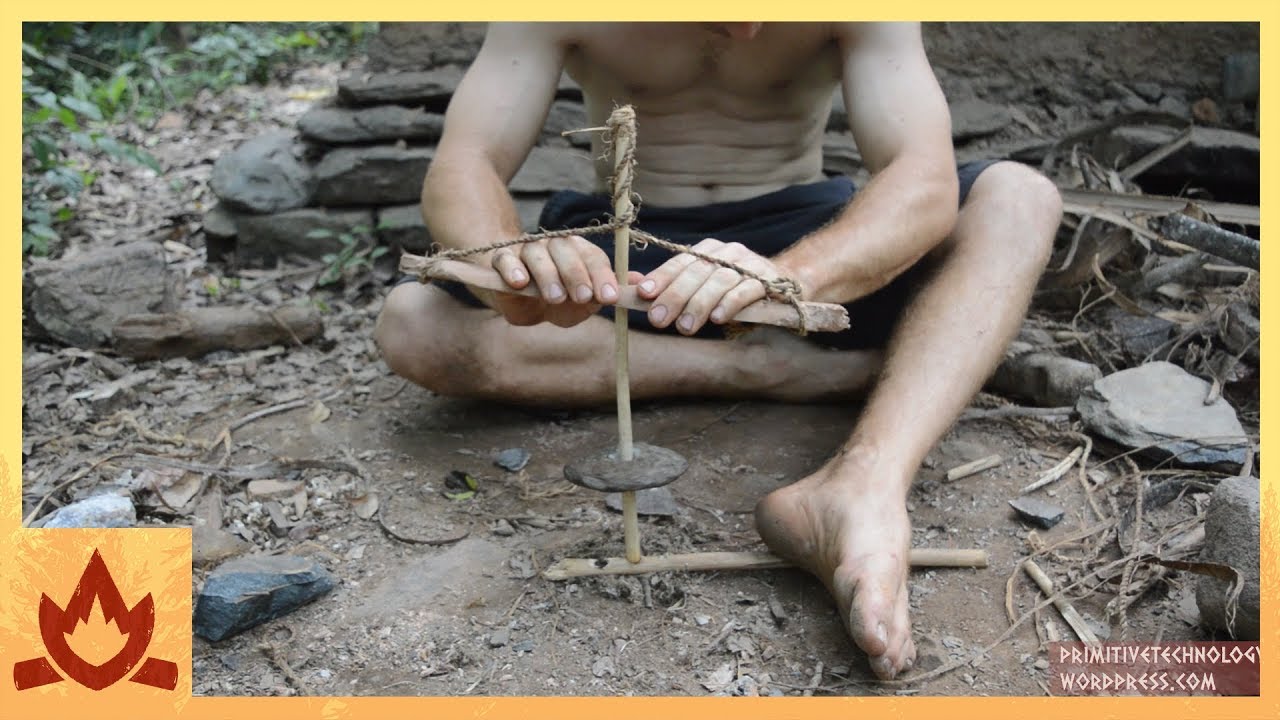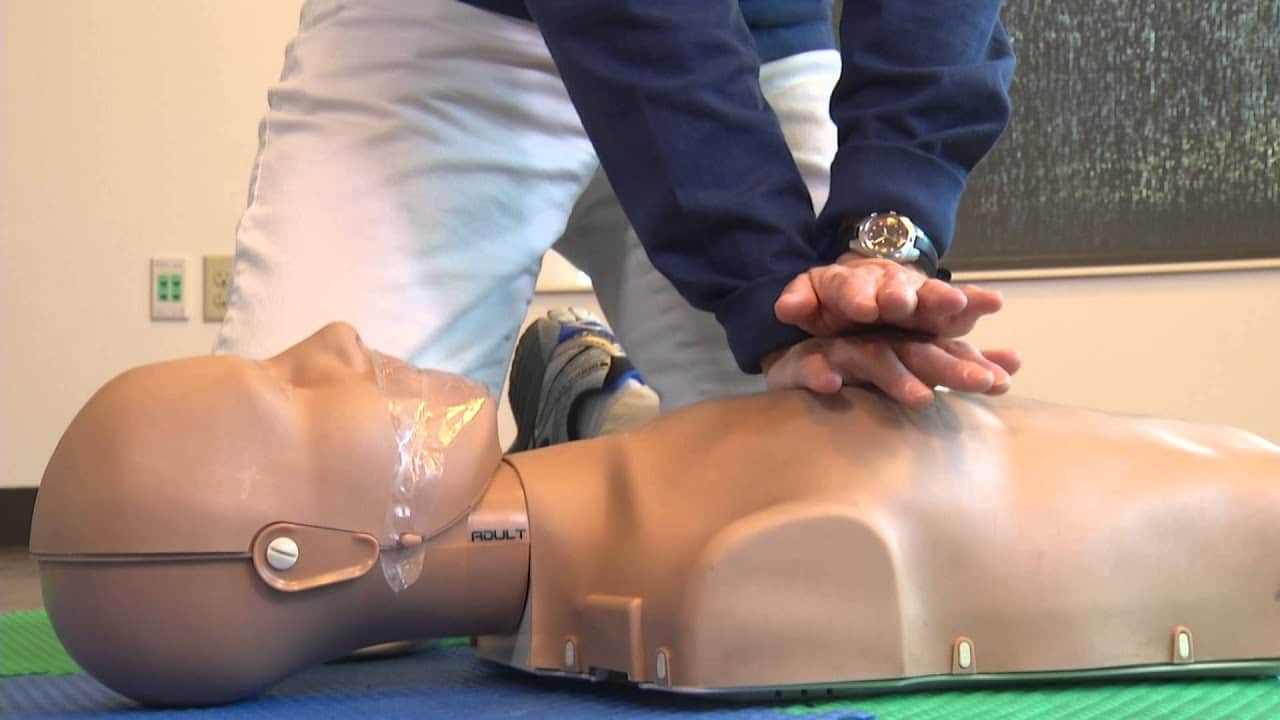How to Gut and Prepare Animals for Food: A Step-by-Step Guide
How to Gut and Prepare Animals for Food: A Step-by-Step Guide
Gutting and preparing animals for food is a skill that has been passed down through generations and is essential for hunters, homesteaders, and anyone interested in sourcing their own food. Here’s a step-by-step guide to gutting and preparing animals for consumption:
1. Gather Your Tools
Before you begin, ensure you have all the necessary tools and equipment:
- Sharp knife or boning knife
- Gutting hook or gutting gloves (optional)
- Cutting board
- Clean water for rinsing
- Coolers or refrigeration for storing meat
2. Properly Dispose of Waste
Choose a suitable location away from water sources and other food prep areas to gut the animal. This prevents contamination and ensures proper disposal of waste. Consider composting or burying the remains if possible.
3. Prepare the Animal
Lay the animal on its back or side, ensuring it is secure and stable. Use ropes or straps to keep it in place if necessary. Take care to avoid damaging the meat while handling the carcass.
4. Make the Initial Incision
Using a sharp knife, make a shallow incision from the base of the rib cage to the pelvic bone, being careful not to puncture the intestines or other organs. This allows you to access the internal cavity of the animal.
5. Remove the Internal Organs
Carefully reach into the cavity and gently pull out the internal organs, including the intestines, stomach, liver, and lungs. Be cautious not to puncture or rupture any organs, as this can contaminate the meat.
6. Rinse and Clean
Once the internal organs are removed, rinse the cavity thoroughly with clean water to remove any blood, debris, or remaining organ tissues. Use a hose or bucket to flush out the cavity, ensuring it is clean and free of contaminants.
7. Inspect the Meat
Inspect the meat for any signs of damage, spoilage, or contamination. Remove any visible blood clots, hair, or foreign objects from the surface of the meat. Trim away any bruised or discolored areas to ensure the quality of the meat.
8. Store the Meat Properly
After gutting and cleaning the animal, it’s essential to store the meat properly to prevent spoilage. Place the meat in coolers or refrigeration to keep it chilled until you’re ready to cook or process it further. If you’re unable to refrigerate the meat immediately, consider packing it in ice or using a portable cooler to keep it cold.
9. Cook and Enjoy
Once the meat is properly prepared and stored, you’re ready to cook and enjoy it! Whether you’re grilling, roasting, or stewing the meat, take pride in knowing that you’ve sourced and prepared your own food from start to finish.
10. Practice Food Safety
Throughout the gutting and preparation process, it’s essential to prioritize food safety and hygiene. Wash your hands and tools thoroughly with soap and water before and after handling the animal, and avoid cross-contamination with other food items.
By following these steps, you can safely and effectively gut and prepare animals for food, ensuring the quality and safety of the meat for consumption. Whether you’re a seasoned hunter or a novice homesteader, mastering this skill allows you to take control of your food supply and enjoy the rewards of self-sufficiency.







